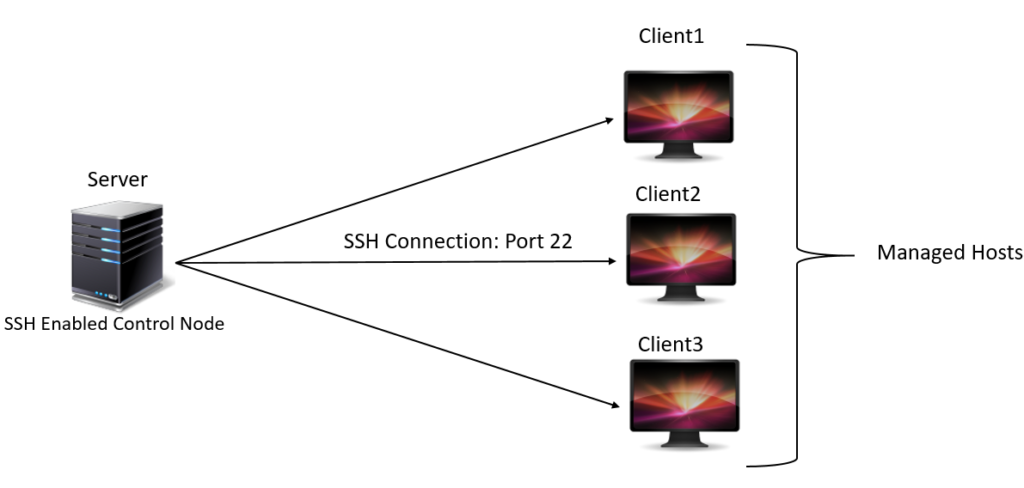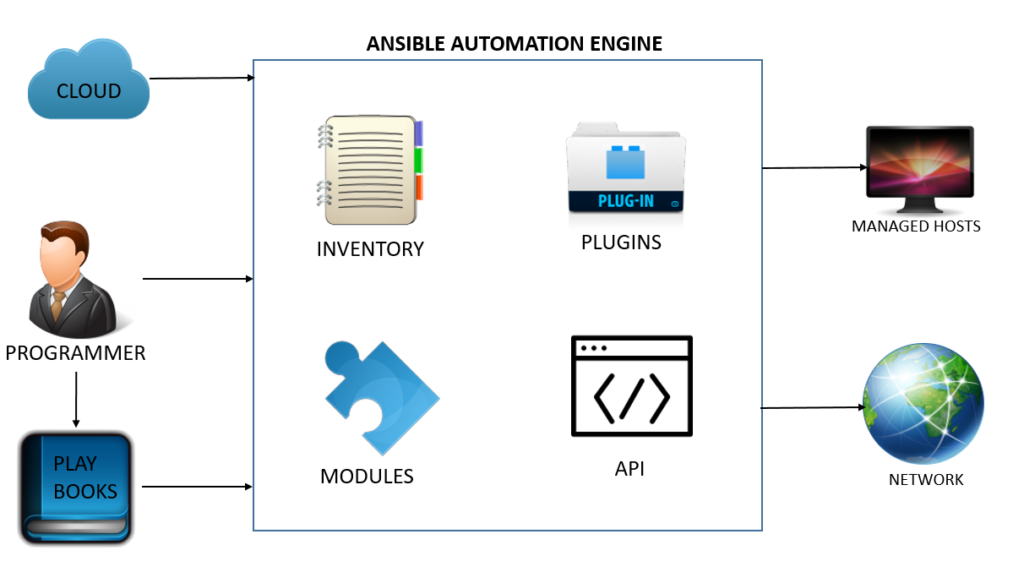In this post, we are going to see How to enable EPEL Repository on RHEL7/CentOS7
Need to install EPEL rpm by using below command:
[root@localhost ~]# rpm -Uvh https://dl.fedoraproject.org/pub/epel/epel-release-latest-7.noarch.rpm
Out will be like below
Retrieving https://dl.fedoraproject.org/pub/epel/epel-release-latest-7.noarch.rpm warning: /var/tmp/rpm-tmp.CmU1nG: Header V3 RSA/SHA256 Signature, key ID 352c64e5: NOKEY Preparing... ################################# [100%] Updating / installing... 1:epel-release-7-11 ################################# [100%] [root@localhost ~]#
Now we installed the Repo and need to check by listing the installed repo using below command:
[root@localhost ~]# yum repolist
List the available packages from EPEL Repository using below command:
[root@localhost ~]# yum --disablerepo=* --enablerepo=epel list
Now we Enabled EPEL Repository successfully on our server and we can use yum to install the packages.
Thanks for the reading this post.
Reference: ITZgeek



